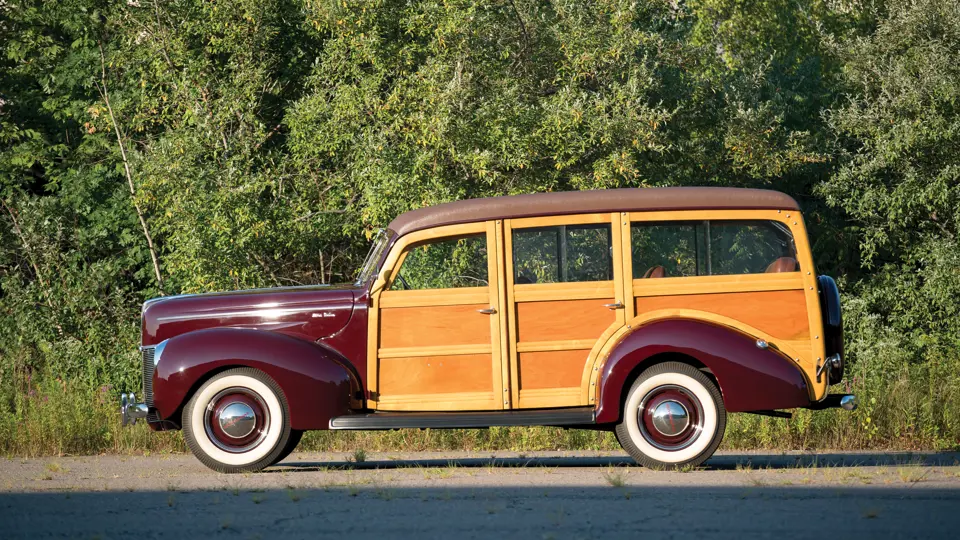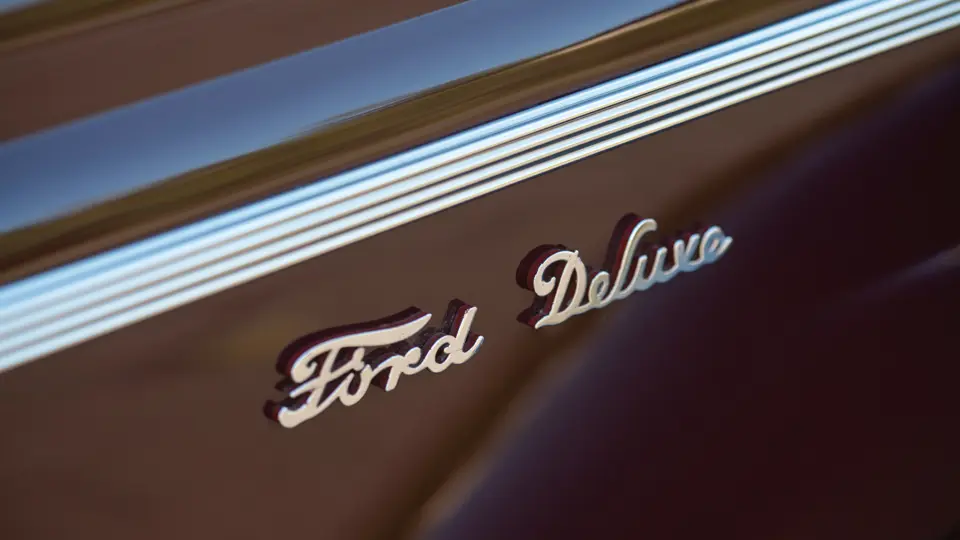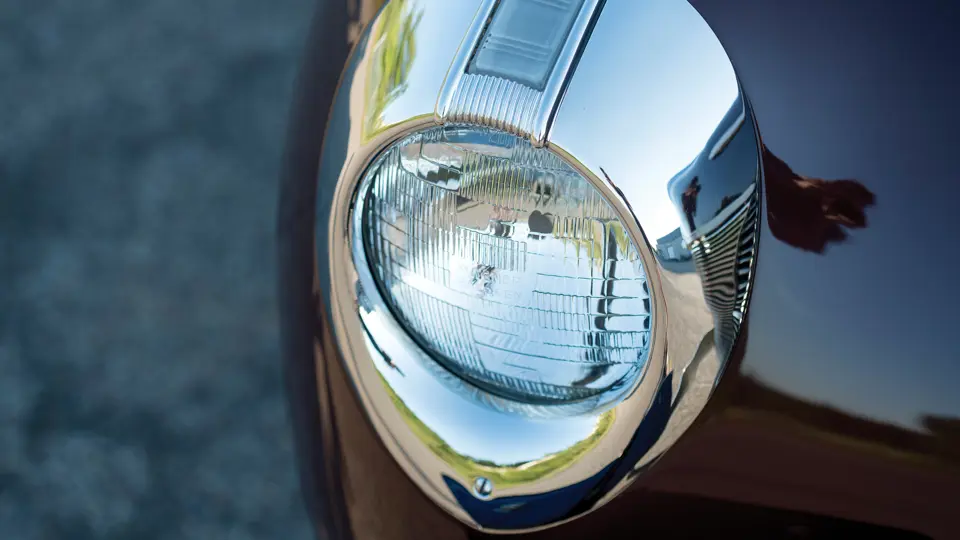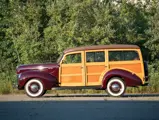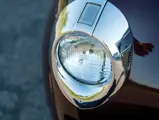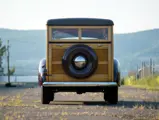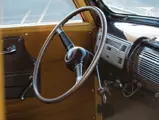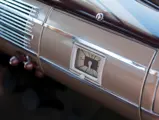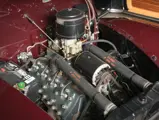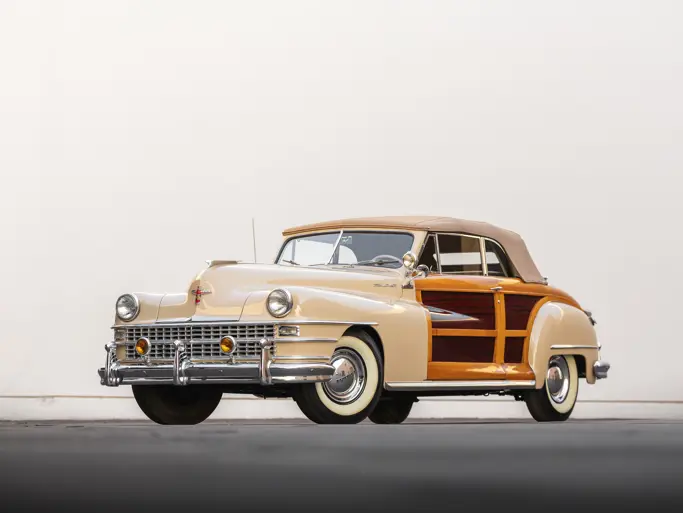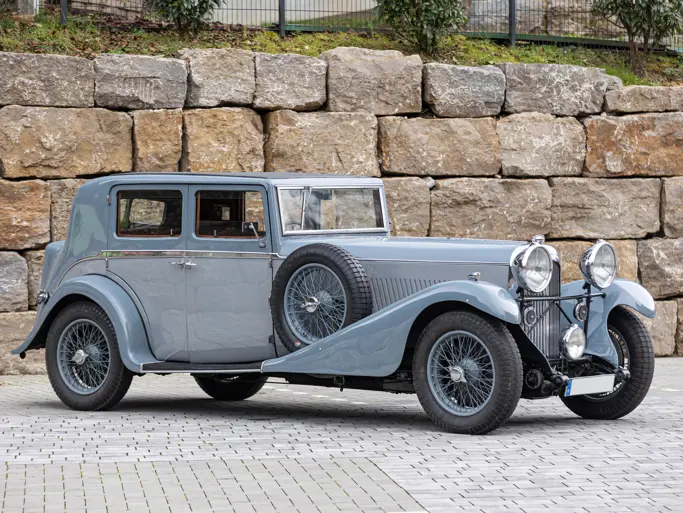
1940 Ford V-8 DeLuxe Station Wagon
{{lr.item.text}}
$88,000 USD | Sold
{{bidding.lot.reserveStatusFormatted}}
- An exceptional 1940 Ford “woodie” that ticks all the boxes
- Three owners from new; formerly owned by Ford historian Lorin Sorensen
- Very desirable Columbia two-speed rear axle
- Numerous options and accessories
Model 01A. 85 bhp, 221 cu. in. flathead V-8 engine, three-speed manual transmission with Columbia rear end, solid front axle and live rear axle with transverse semi-elliptical leaf springs, and four-wheel hydraulic drum brakes. Wheelbase: 112 in.
The station wagon had long been an important part of Ford’s model lineup, tracing its origins to the earliest utilitarian delivery cars and depot hacks built on the Model T chassis. In its earliest guise, the station wagon was, as its name suggested, a multi-seat passenger carrier with room for luggage and passengers to be carried to and from train stations. By the 1930s, the “woodie” station wagon became a status symbol in its own right, associated with American affluence, luxurious country estate living, and even celebrities. With its attractive styling, the DeLuxe series for 1940 has always been sought after by rodders, customizers, and those who simply appreciate them in pure stock form. Priced at $950, it was also the most expensive Ford model for 1940, and just 8,730 examples were built.
This particular DeLuxe Station Wagon was purchased new by G.L. Thunberg in Santa Rosa, California, and was reportedly the last 1940 Station Wagon body built at Ford’s Iron Mountain plant. The Thunbergs bought the car for a camping tour of the United States and sold it in 1964 to Lorin Sorensen, the noted Ford historian who authored Famous Ford Woodies, and is perhaps best known for writing the Ford Motor Company’s 75th Anniversary book. Showing about 47,000 original miles, the car was reportedly in amazing original condition with darker gumwood panels as opposed to the usual birch.
After enjoying the car for many years, Mr. Sorensen elected to conduct a body-on refurbishing in 2004, which included a new varnish by Nick Alexander’s shop in Los Angeles, new paint in 2006 by Nick Sala of Santa Rosa, new running boards, and new top material. The re-upholstering of the seats is slightly older. With the exception of the re-varnishing, most of the interior was left untouched, as it did not warrant additional refinishing.
While the engine compartment was restored to a period-correct state, the factory-new 1940 Ford engine was provided by Dennis Carpenter and now has about 5,000 tour miles. The chassis mechanics, meanwhile, have been completely restored and the car further benefits from an aftermarket Columbia two-speed axle, vacuum brake booster for better stopping power, and a 12-volt system utilizing the car’s replaced 6-volt wiring, which improves the lights and starting.
Finally, the eye-catching woodie has appeared in television commercials and magazines, most notably in the June 1969 issue of Rod & Custom Magazine, which highlighted the car’s two-speed axle. Furthermore, the car includes a complete assortment of original tools (in their proper pouch) and such accessories and options as a radio, antenna, dealer-applied hood underseal, and unusual extendable side-view mirrors.
Having remained under the same long-term ownership for over 40 years, with just three owners from new, this particular station wagon remains in remarkable overall condition. Carefully maintained and enjoyed by a noted Ford expert and historian, it is an excellent example of a particularly attractive and timeless woodie design.

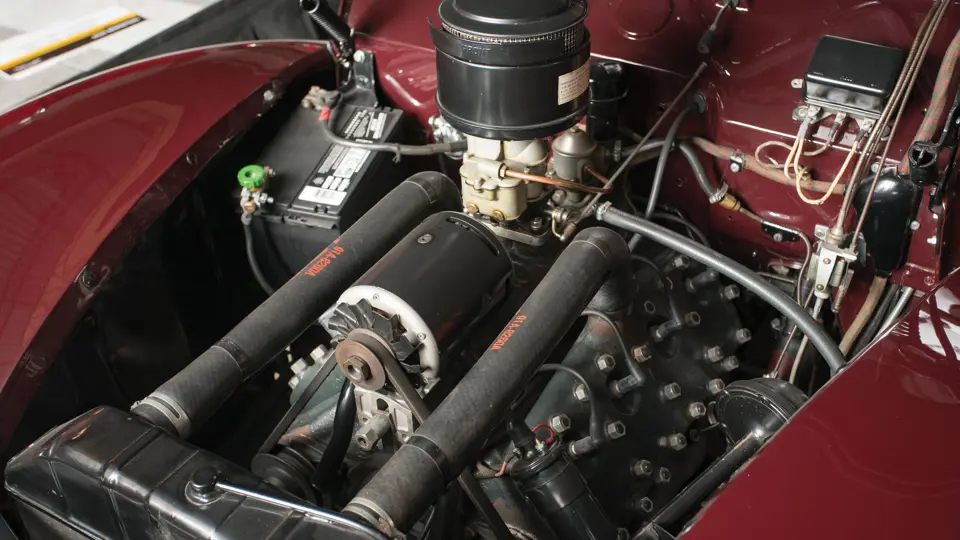
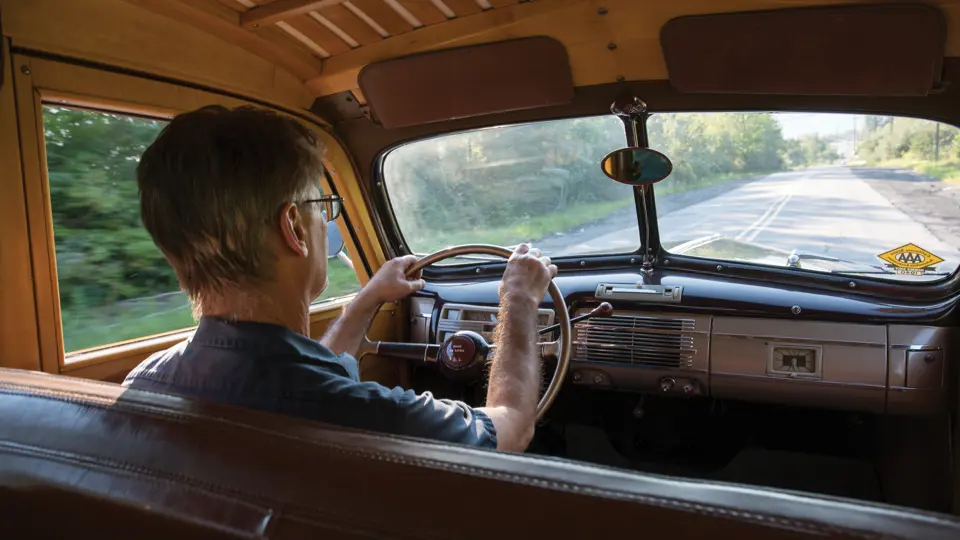

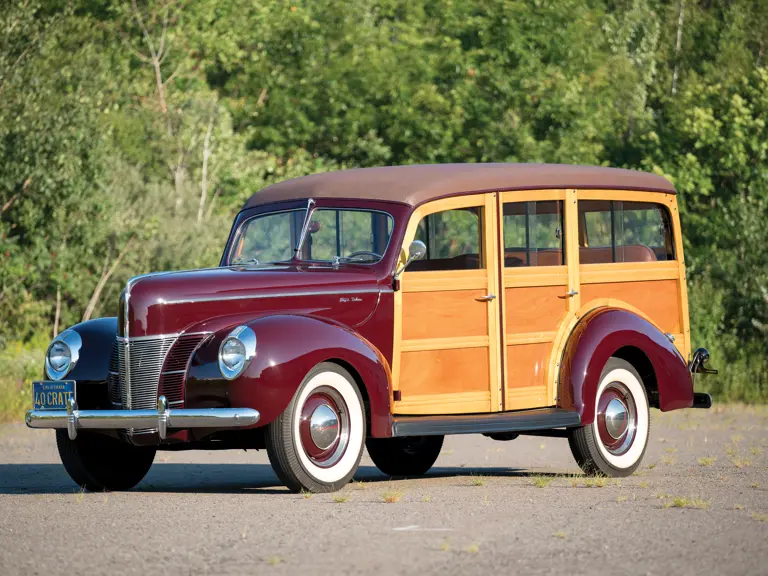

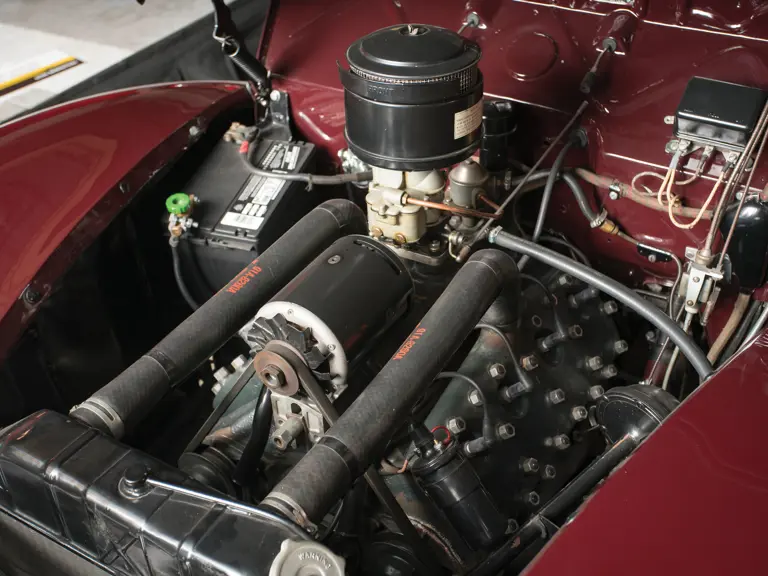
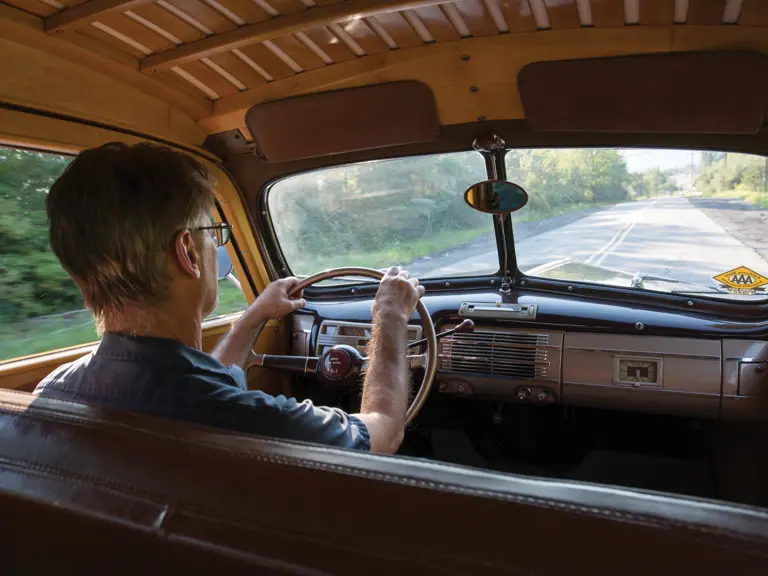
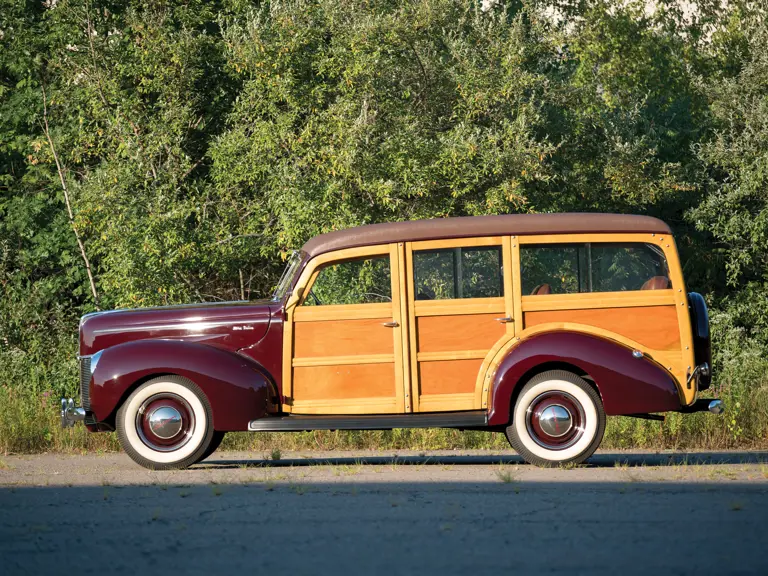
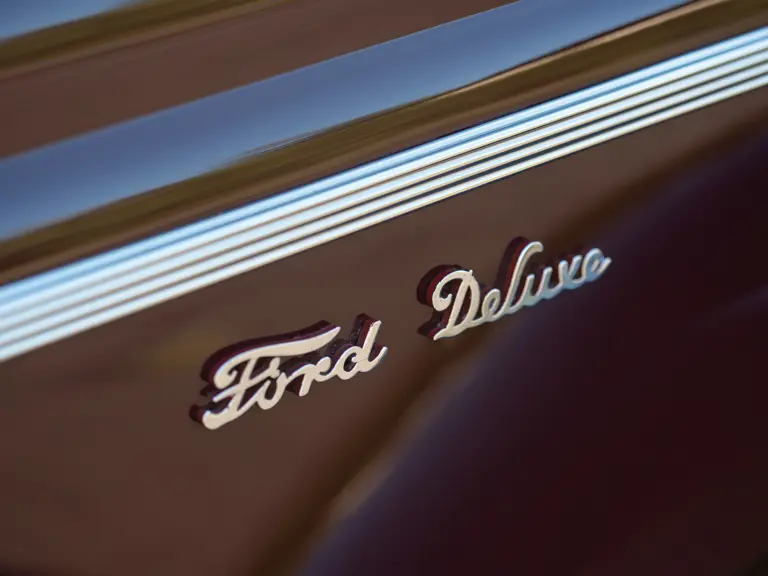
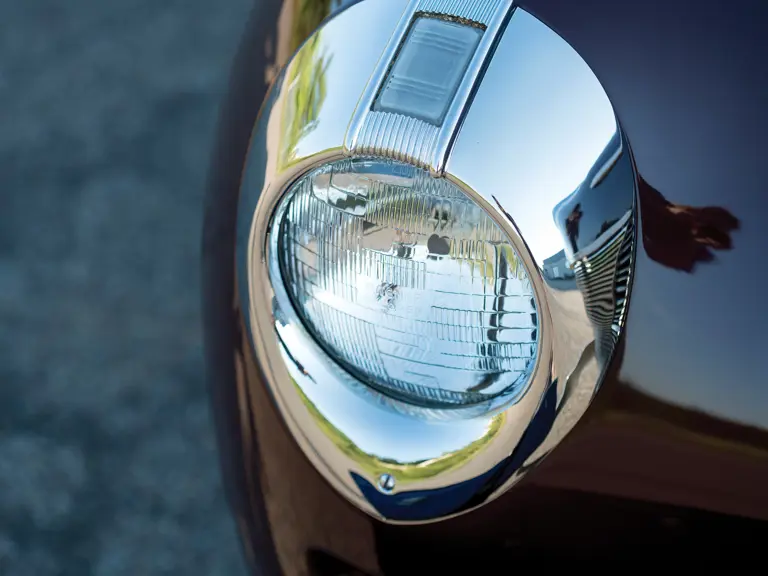
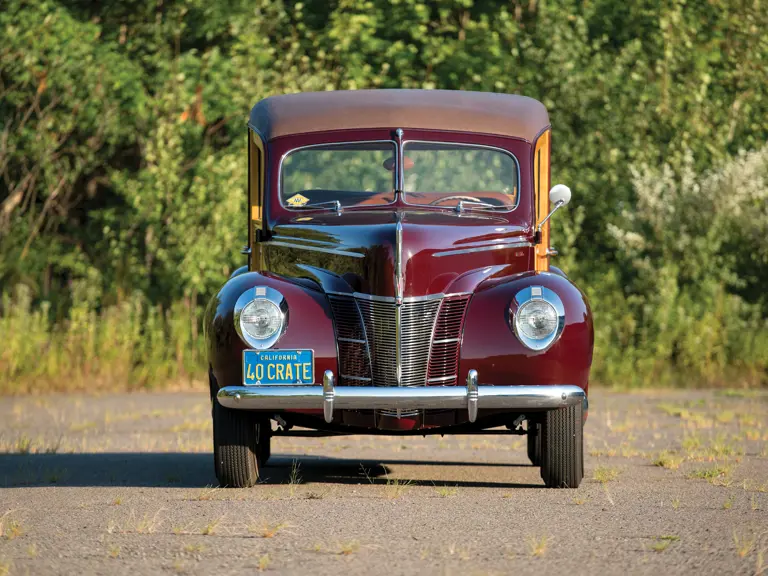

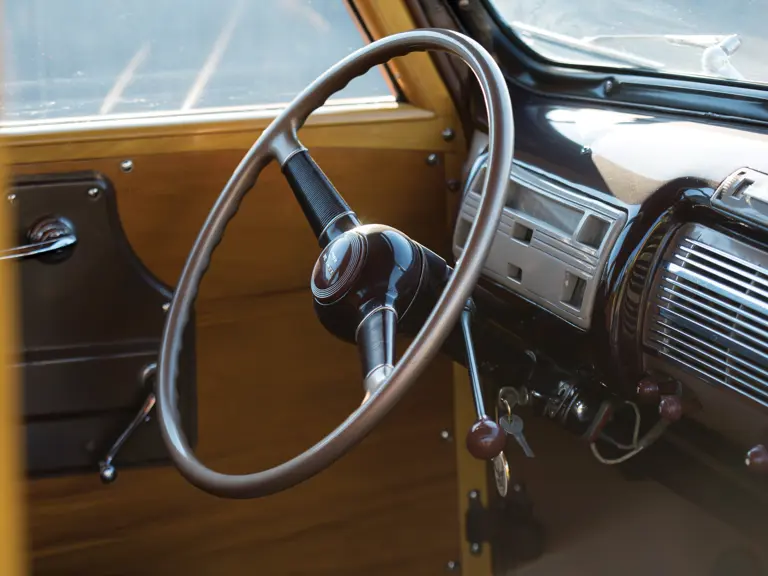
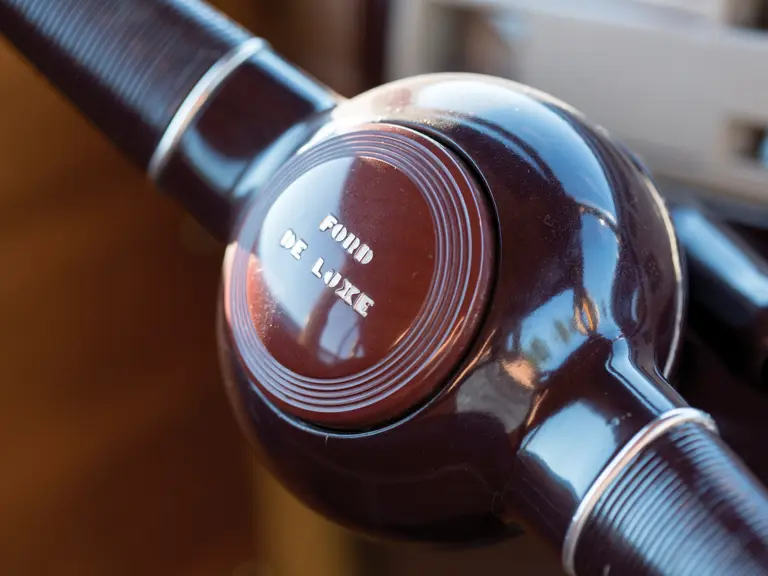
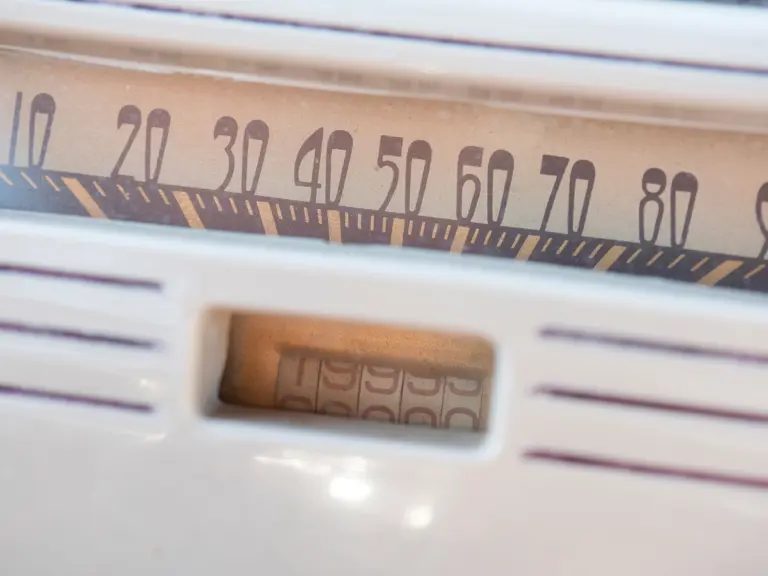
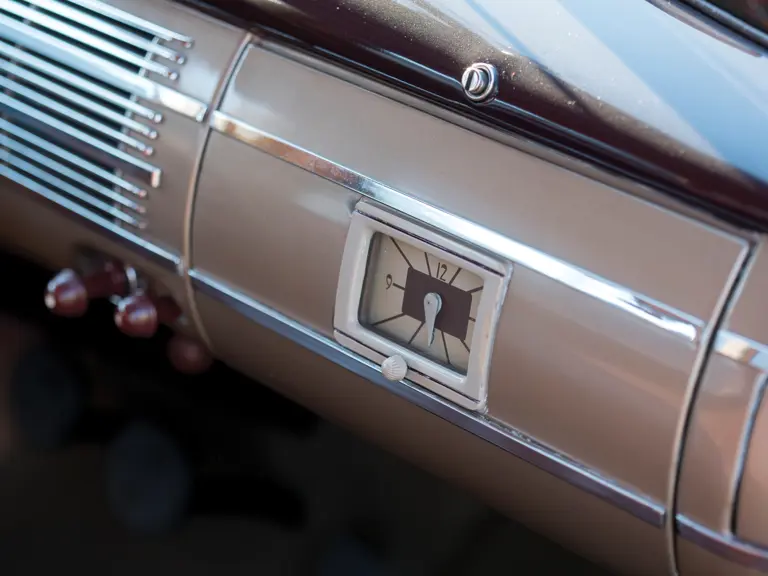
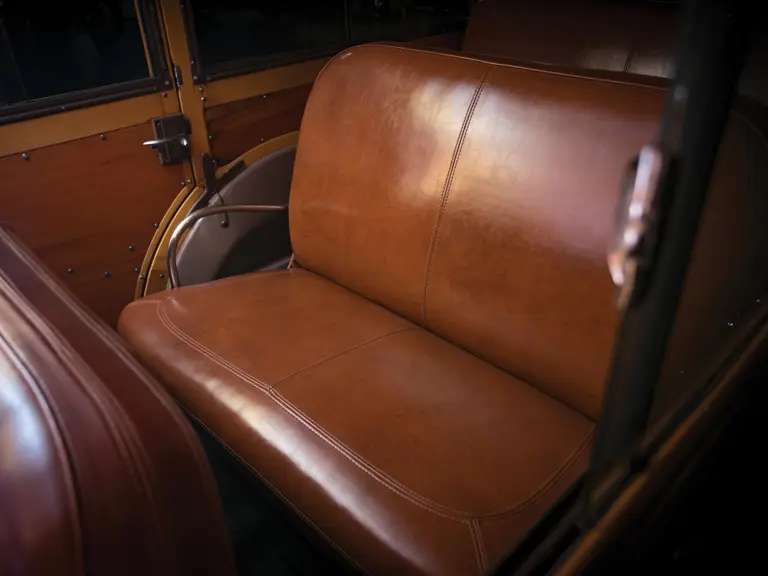
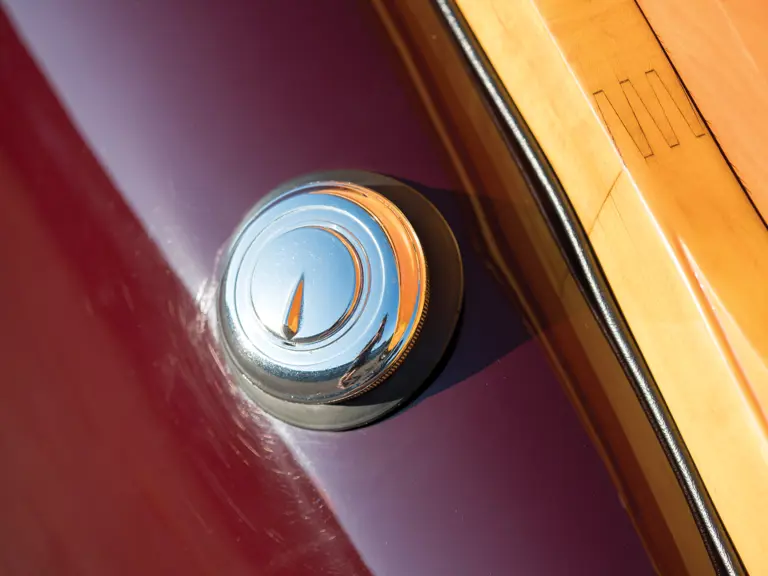
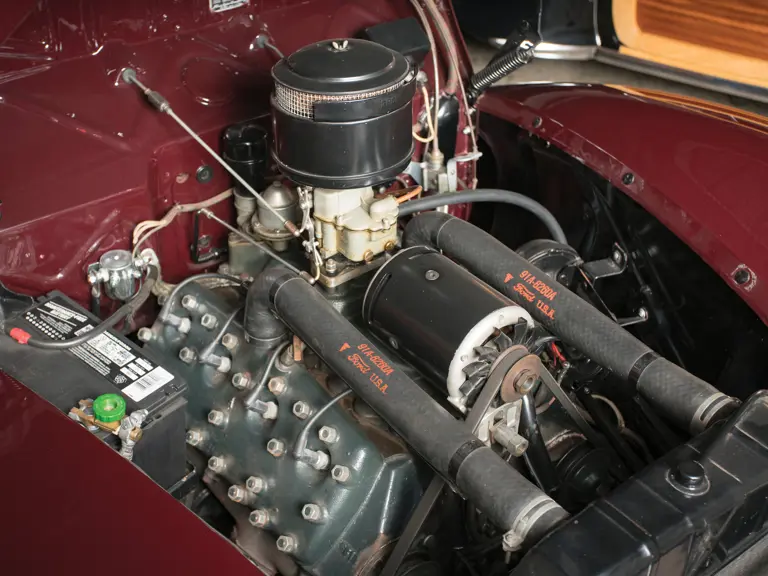
 | Hershey, Pennsylvania
| Hershey, Pennsylvania
